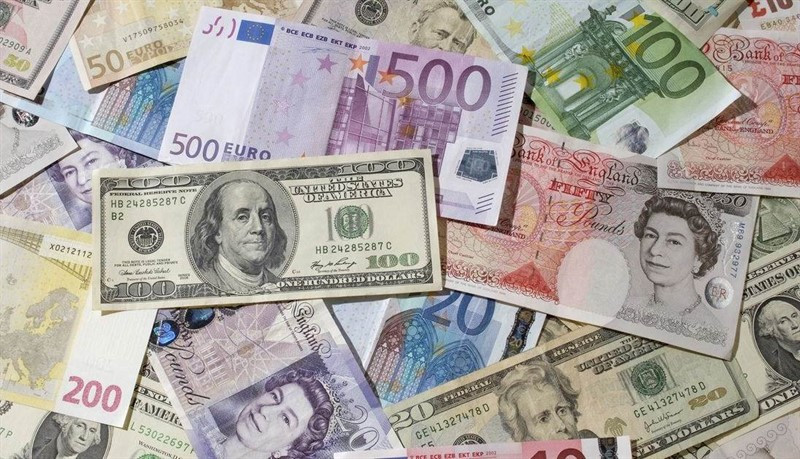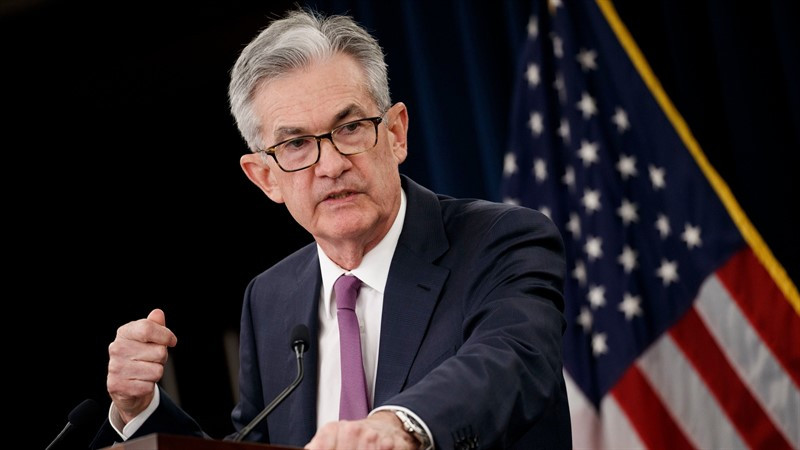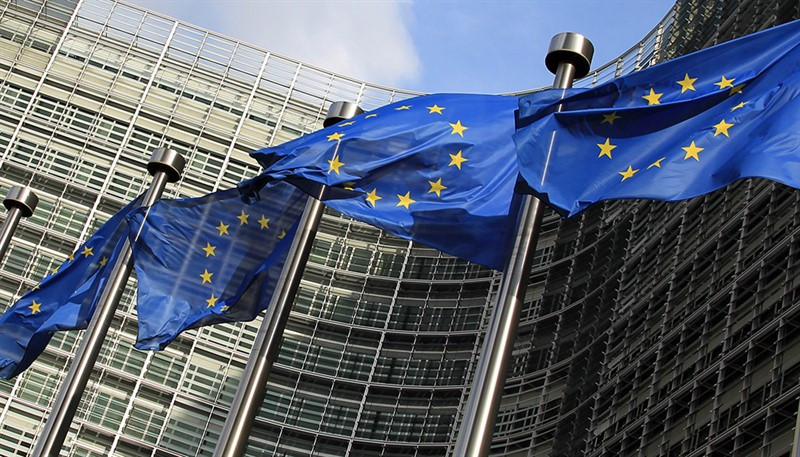
Investors continue to face agonizing choices as they try to determine which one is more powerful - the upcoming COVID-19 vaccines, which will save the global economy, or the persistent rise of infections, which is tarnishing global growth prospects.
Some players have already lost their nerves and dropped their positions in risky assets, but there are still those who are holding on. Sadly, the pandemic continues to march inexorably around the world, and many countries are beginning to re-implement quarantine restrictions.
To add to that, while there were good news about successful vaccine trials, market participants understand that mass vaccinations will not begin until early 2021.
Thus, in the global markets by the second half of the week, corrective sentiments began to appear more and more.
US stock indices have closed down by 1.2% on Monday amid a worsening epidemiological situation.
According to recent data, over the past day, more than 170 thousand cases of COVID-19 infections have emerged in the United States. As a result, new restrictions are being introduced in some states.
Another reason for the decline in stock indices could be the lack of consensus in the next stimulus package. Even after the elections, both the Republicans and the Democrats fail to find a compromise on the plan to help the national economy.

On Tuesday, Fed Chairman Jerome Powell once again called on the Congress to pass a fiscal stimulus, which is aimed to help businesses and the unemployed. He noted that these measures can directly support the incomes of the needy segments of the population, which the central bank cannot do.
Powell also said this fiscal support is needed because in the short term, economic recovery in the US will face serious downside risks.
As for the US dollar, demand rose sharply amid the growing COVID-19 infections around the world, as well as on the negative consequences of the pandemic to the global economy. Buyers emerged near 1.5-week lows, thereby recovering the currency to 92.6 points.
As a result, the EUR / USD pair retreated from weekly highs, going back to a price of 1.1800.
To add to that, the EU faces an increasing risk of another recession, and this is due to the tough quarantine restrictions re-introduced in many European countries amid rising COVID-19 deaths and infections. In fact, deaths related to the coronavirus have already exceeded the April peak in the EU.
Until the end of this week, Europe also does not have important economic data to be published, but on Monday, November 23, the first estimates of business sentiment indices for November will be released.
In that report, the currency bloc's composite PMI is expected to decline to 49.3 points, from 50 points recorded in October.
The euro area's preliminary PMI, which is already in the recession zone even though it was revised upward from 49.3 points to 50 points this October, could decline even more significantly due to the re-imposed restrictions.
Demand for the euro is already decreasing, but the persistent disagreements over the EU's assistance program adds more pressure to the currency.

Thus, market participants will focus on the upcoming EU summit, during which the members will discuss the EU's measures to combat the coronavirus. In addition to the main agenda, the meeting will also tackle the alliance's draft budget for 2021–2027, previously blocked by Poland and Hungary.
So, after a pullback from 1.1900, the EUR / USD pair could decline to last week's lows, around the level of 1.1750. The bears may target the round level of 1.1700, and a breakout from which will bring the quotes to the level of 1.1600.
As for the key resistance level which is 1.1900, a breakout is still out of reach for the bulls, but if it is broken, the levels 1.1920, 1.1960 and 1.2010 will come into play.
The news from the fields of the EU summit also awaits not only the euro, but also the pound. According to the Times newspaper, EU leaders will demand the European Commission to publish plans in case of failure to sign a post-Brexit trade agreement.
Against this background, the pound weakened and was able to stabilize only around $ 1.3220.
Negotiations between the UK and the EU have stalled for several months. However, the document must be ratified before the UK's exit in January 2021. This means that the negotiators have less and less time to find compromises.
At the moment though, experts believe that a trade deal is possible, because one way or another, one party would concede on the issue on fisheries and government aid.
Nonetheless, after touching 2.5-month highs, the GBP / USD pair still fell below 1.3300.
Strong support is at 1.3190, and then at the level of 1.3160. If the bulls fail to keep this, the bears will aim at the level of 1.3120, and then work for a drop towards 1.3100, which will form a short-term top.
 English
English 
 Русский
Русский Bahasa Indonesia
Bahasa Indonesia Bahasa Malay
Bahasa Malay ไทย
ไทย Español
Español Deutsch
Deutsch Български
Български Français
Français Tiếng Việt
Tiếng Việt 中文
中文 বাংলা
বাংলা हिन्दी
हिन्दी Čeština
Čeština Українська
Українська Română
Română

